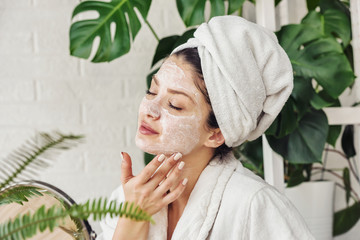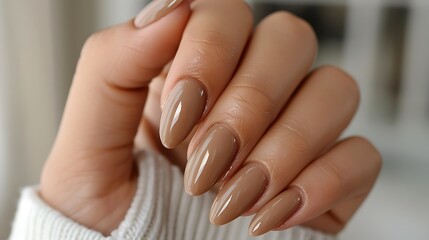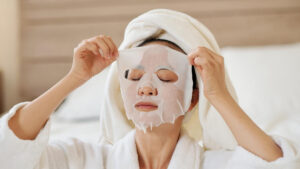
Discover the best beauty:fj4znsy9dsa= face mask for every skin type in this comprehensive guide. Learn about the benefits of clay, sheet, and peel-off masks to achieve radiant, glowing skin.
Table of Contents
ToggleIntroduction
Beauty face masks have become a vital part of skincare routines around the world. They offer immediate benefits, targeting specific skin concerns from hydration to brightening. However, with so many options on the market, choosing the right mask can be overwhelming. In this comprehensive guide, we will explore different types of beauty face masks, their benefits, and how to incorporate them into your routine to achieve radiant skin. From clay masks to sheet masks, every beauty face mask has a unique function and purpose. Let’s dive into the fascinating world of beauty face masks and discover the secrets behind flawless skin.
Understanding the Basics of Beauty Face Masks
Face masks are specialized skincare treatments that contain potent ingredients to address specific concerns. Unlike your daily cleanser or moisturizer, beauty face masks are designed to sit on the skin for a set period, allowing the active ingredients to deeply penetrate the skin. Whether you’re battling acne, dullness, or dehydration, there’s a beauty face mask tailored for you. Masks are generally used once or twice a week to complement your regular skincare routine. They serve as an intensive treatment, helping you achieve quicker results. Understanding what each mask offers will help you choose the best option for your skin type.
Different Types of Beauty Face Masks
There are several types of beauty face masks, each targeting specific skin needs. Clay masks are perfect for oily and acne-prone skin, as they help to absorb excess oil and unclog pores. Sheet masks, which are soaked in hydrating serums, are excellent for dry skin, as they provide intense moisture. Gel masks are cooling and soothing, making them ideal for sensitive skin types. Peel-off masks remove dead skin cells and impurities from the surface, leaving the skin looking refreshed. Mud masks are also popular for detoxifying the skin, while sleeping masks are applied before bed to rejuvenate the skin overnight. Knowing the type of beauty face mask that suits your skin’s needs can make a world of difference.
Clay Masks: The Perfect Solution for Oily Skin
Clay masks are one of the oldest and most effective beauty face masks, particularly for people with oily or combination skin. The absorbent properties of clay help to draw out impurities, excess oil, and toxins from the skin. When applied, the clay hardens, and as it dries, it pulls out sebum and debris from your pores. Bentonite and kaolin clay are two common types of clay used in beauty face masks. They are perfect for controlling shine and reducing the appearance of large pores. However, it’s important not to overuse clay masks, as they can strip the skin of natural oils, leading to dryness.
:max_bytes(150000):strip_icc()/Health-claymask-GettyImages-1249856262-08547d159925496f9c95e44ed202fa65.jpg)
Sheet Masks: The Hydration Hero for Dry Skin
Sheet masks are a go-to for anyone in need of a hydration boost. These beauty face masks come pre-soaked in serums packed with active ingredients such as hyaluronic acid, aloe vera, or peptides. The mask itself, made of fiber or cotton, adheres to the face, ensuring the serum is deeply absorbed. Because the sheet creates a barrier over the skin, it prevents moisture from evaporating, leading to longer-lasting hydration. Using a sheet mask can instantly plump up the skin, reduce fine lines, and give a dewy glow. These masks are especially beneficial for people with dry or dehydrated skin, offering a quick, intensive dose of moisture.
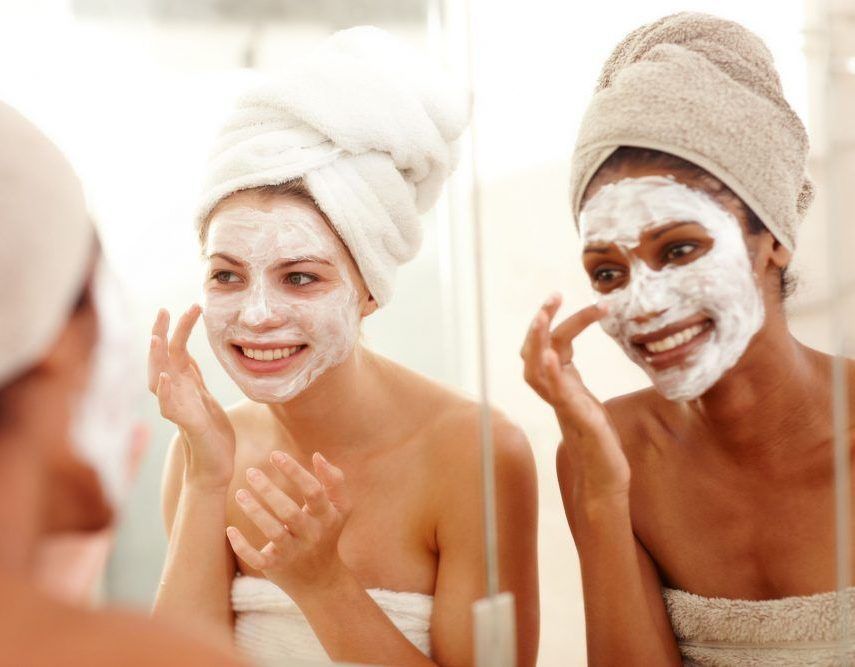
Peel-Off Masks: Exfoliation and Instant Brightness
Peel-off masks are not only fun to use, but they also offer significant benefits, especially for people looking to brighten their complexion. These beauty face masks form a thin film on the skin that, once dried, can be peeled off in one piece. As you peel the mask away, it removes dead skin cells, dirt, and even blackheads. The result is smoother, brighter, and more even-toned skin. Peel-off masks often contain ingredients like charcoal, which detoxifies the skin, or fruit enzymes that gently exfoliate. However, it’s important to avoid peel-off masks if you have sensitive skin, as the peeling action can be irritating.
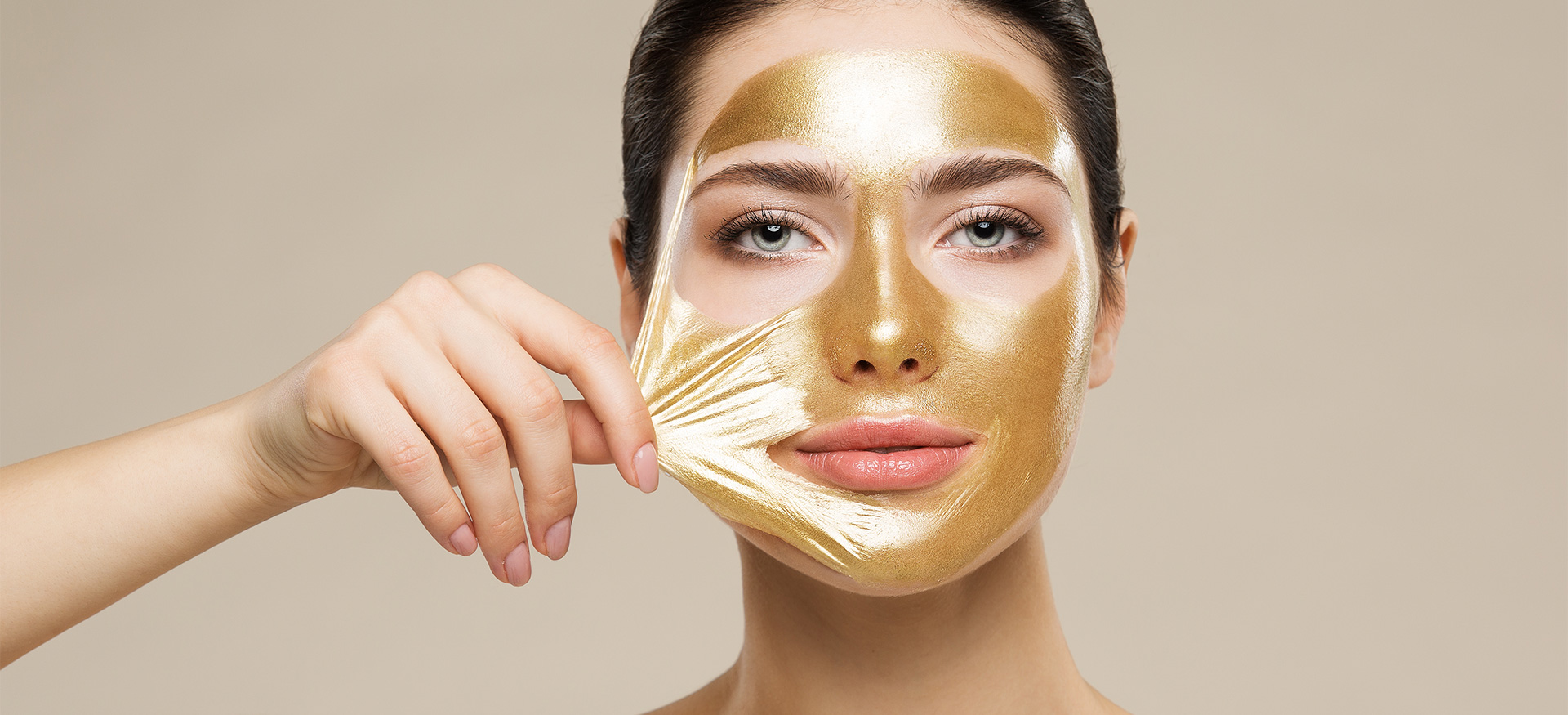
Mud Masks: Detoxifying and Purifying Your Skin
Mud masks are similar to clay masks but offer a more hydrating effect, making them suitable for a wider range of skin types, including normal and dry skin. The natural minerals in mud, such as magnesium and calcium, help to draw out impurities while also nourishing the skin. A beauty face mask made of mud can deeply cleanse your skin without stripping away essential moisture. These masks are particularly beneficial for those living in polluted environments, as they help remove environmental toxins from the skin. Mud masks are a great option for anyone looking to purify their skin while maintaining hydration levels.

Gel Masks: Soothing and Cooling for Sensitive Skin
If you have sensitive or irritated skin, a gel beauty face mask might be the perfect solution for you. Gel masks are lightweight, cooling, and often infused with soothing ingredients like aloe vera, cucumber, or chamomile. These masks help to calm redness, irritation, and inflammation. They’re also perfect for after-sun care, as the cooling effect helps to reduce the heat in the skin. Gel masks are not only hydrating but also provide relief to stressed skin. They are gentle enough to be used multiple times a week and can be especially helpful for skin that is prone to reactions.

Sleeping Masks: Rejuvenate Your Skin Overnight
Sleeping masks have gained popularity in recent years as an effective way to rejuvenate the skin while you sleep. These beauty face masks are designed to be applied before bed and left on overnight. They are usually packed with powerful active ingredients like retinol, peptides, or antioxidants, which work their magic while your skin is in repair mode during sleep. The result is visibly smoother, plumper, and more radiant skin by morning. Sleeping masks are particularly beneficial for people with dull or aging skin, as they provide a concentrated dose of anti-aging ingredients. Just like night creams, sleeping masks are an excellent way to boost your skin’s recovery process.
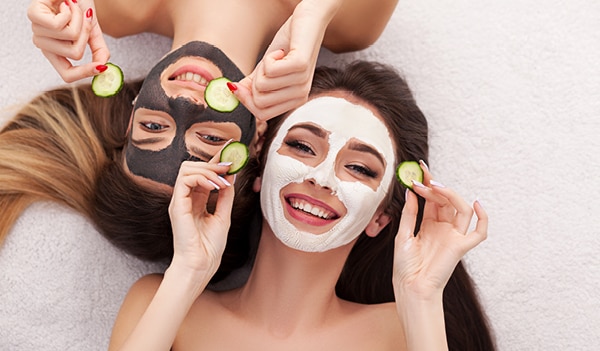
How to Choose the Right Beauty Face Mask for Your Skin Type
Choosing the right beauty face mask requires an understanding of your skin type and its needs. If you have oily or acne-prone skin, a clay or mud mask that helps to absorb excess oil and detoxify the skin may be best. For dry skin, opt for hydrating sheet masks or sleeping masks that provide long-lasting moisture. If your skin is sensitive, look for gel masks or masks containing soothing ingredients like aloe vera or chamomile. For those concerned with aging or dull skin, choose masks with anti-aging ingredients such as hyaluronic acid, retinol, or peptides. Knowing your skin type and concerns will help you make the most out of your beauty face mask routine.
The Benefits of Regularly Using Beauty Face Masks
Incorporating beauty face masks into your skincare routine can offer numerous benefits, from immediate hydration to long-term anti-aging effects. Masks are designed to deliver concentrated doses of active ingredients, allowing them to penetrate deeply into the skin. Regular use can improve skin texture, tone, and elasticity. They also provide a relaxing, spa-like experience at home, allowing you to indulge in self-care. For best results, it’s important to use beauty face masks consistently, about one to two times per week. Doing so will help maintain the health of your skin and give you that coveted glow over time.
The Importance of Proper Application Techniques
Applying a beauty face mask correctly is crucial to ensure you’re getting the maximum benefits. First, start with a clean face. Cleansing your skin beforehand removes any dirt, oil, and makeup, allowing the mask to penetrate the skin more effectively. For clay or mud masks, use a brush or clean fingers to apply an even layer, avoiding the sensitive eye and lip areas. Sheet masks should be applied directly from the packet, ensuring that the mask adheres smoothly to the skin. When using peel-off masks, apply a thin, even layer, and wait until it’s completely dry before peeling it off. Proper application techniques make a big difference in the results you achieve with your beauty face mask.
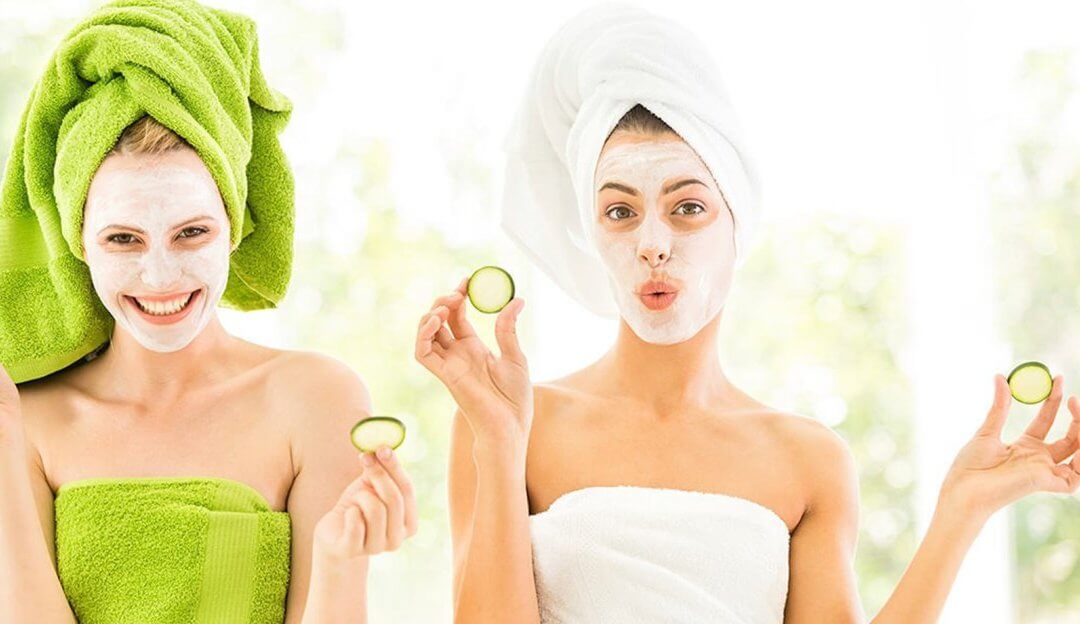
The Science Behind Beauty Face Masks: How Do They Work?
Beauty face masks work by delivering a concentrated dose of active ingredients to the skin. The mask creates a barrier, locking in moisture and allowing the ingredients to penetrate deeper than they would with regular skincare products. Clay and mud masks absorb excess oil and draw out impurities, while sheet masks provide intense hydration by sealing in a serum. Peel-off masks work as a gentle exfoliant, removing dead skin cells and debris from the skin’s surface. Each type of beauty face mask has a specific mechanism that addresses different skin concerns, making them powerful tools in your skincare arsenal.
DIY Beauty Face Masks: Natural Ingredients for Glowing Skin
If you’re looking for a more natural approach to skincare, DIY beauty face masks are a great option. Many common kitchen ingredients can be used to create effective masks at home. For example, honey is a natural humectant, meaning it draws moisture into the skin, making it perfect for dry or dehydrated skin. Avocado is rich in fatty acids that nourish and hydrate the skin, while oatmeal soothes irritation and reduces redness. A simple mask made of yogurt and turmeric can brighten and even out skin tone. DIY beauty face masks are an excellent, affordable way to pamper your skin using ingredients you probably already have at home.
Incorporating Beauty Face Masks Into Your Routine
To get the most out of your beauty face mask, it’s essential to incorporate it properly into your skincare routine. Start by using a mask one to two times a week, depending on your skin’s needs. For example, if your skin is oily or acne-prone, you may benefit from using a clay mask twice a week. If your skin is dry or sensitive, a hydrating or soothing mask once a week may be enough. Always apply the mask to clean skin and follow up with your regular skincare routine, including toner, serum, and moisturizer. Incorporating masks into your routine will give you noticeable results over time.

Best Practices for Storing Beauty Face Masks
Proper storage of beauty face masks is essential to maintain their efficacy. Most masks come with expiration dates, and using them past this date can reduce their effectiveness or even cause skin irritation. Store sheet masks in a cool, dry place, away from direct sunlight. Some people prefer to store them in the fridge for an added cooling effect when applied. Clay and mud masks should be kept tightly sealed to prevent them from drying out. If you’re using a DIY beauty face mask, make sure to use it immediately, as fresh ingredients don’t last long. Proper storage ensures that your beauty face mask remains effective and safe to use.
Common Mistakes to Avoid When Using Beauty Face Masks
While beauty face masks can offer amazing results, there are a few common mistakes people make that can reduce their effectiveness. One mistake is leaving the mask on for too long. For example, leaving a clay mask on until it cracks can strip the skin of its natural oils, leading to dryness. Another mistake is using a mask that’s not suitable for your skin type, such as applying a hydrating mask to already oily skin, which can cause breakouts. Lastly, applying a mask on dirty skin prevents the active ingredients from penetrating properly. Avoiding these mistakes will help you make the most of your beauty face mask routine.
Beauty Face Masks for Different Seasons: Adapting to Weather Changes
Your skincare needs change with the seasons, and so should your beauty face mask routine. In the winter, when skin tends to become dry and flaky, hydrating sheet masks and rich overnight masks are ideal. In the summer, opt for cooling gel masks to soothe sun-exposed skin and clay masks to combat excess oil and sweat. During the transitional months of spring and fall, exfoliating masks can help remove dead skin cells and prepare your skin for the changing weather. By adapting your beauty face mask routine to the seasons, you can keep your skin looking healthy and radiant all year long.
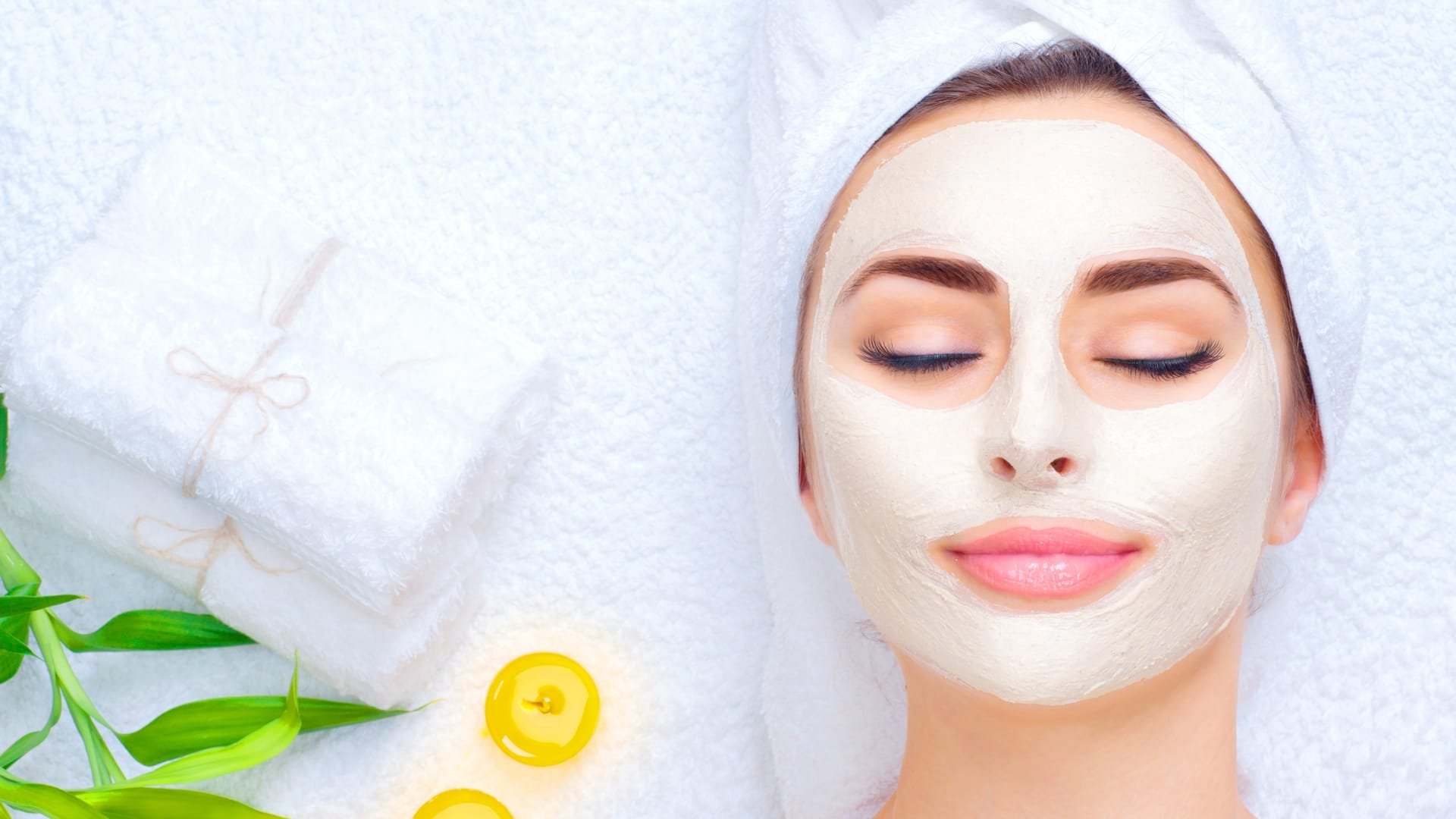
Anti-Aging Benefits of Beauty Face Masks
Beauty face masks can play a crucial role in an anti-aging skincare routine. Masks formulated with ingredients like hyaluronic acid, collagen, and peptides can help reduce the appearance of fine lines and wrinkles. These ingredients work by hydrating and plumping the skin, improving elasticity, and promoting the production of collagen. Masks that contain antioxidants such as vitamin C or green tea extract can also protect the skin from environmental damage, which contributes to premature aging. Regular use of anti-aging beauty face masks can result in firmer, smoother, and more youthful-looking skin.
Beauty Face Masks for Acne-Prone Skin
If you have acne-prone skin, choosing the right beauty face mask can help manage breakouts and reduce inflammation. Clay masks are excellent for absorbing excess oil, one of the leading causes of acne. Masks that contain salicylic acid, tea tree oil, or benzoyl peroxide can help to unclog pores and reduce acne-causing bacteria. Soothing masks with ingredients like aloe vera or green tea can calm redness and irritation, helping to heal active breakouts. Regular use of these masks can help keep your skin clear and prevent future acne flare-ups.
Beauty Face Masks for Hyperpigmentation and Dark Spots
Hyperpigmentation and dark spots can be challenging to treat, but beauty face masks formulated with brightening ingredients can help. Look for masks that contain vitamin C, licorice extract, or niacinamide, as these ingredients are known for their ability to fade dark spots and even out skin tone. Exfoliating masks with ingredients like glycolic acid or lactic acid can also help to remove the top layer of dead skin cells, revealing a brighter complexion underneath. Consistent use of these beauty face masks can reduce the appearance of dark spots over time, giving you a more radiant complexion.
Beauty Face Masks as Part of a Self-Care Routine
Beyond their skin benefits, beauty face masks also offer a moment of relaxation and self-care. Taking the time to apply a mask, sit back, and relax can help reduce stress and promote mental well-being. Many people use beauty face masks as part of a weekly self-care ritual, pairing them with other relaxing activities like reading, meditating, or taking a bath. The simple act of caring for your skin can boost your mood and improve your overall sense of well-being. Incorporating beauty face masks into your self-care routine is a great way to nurture both your skin and your mind.
Conclusion
beauty:fj4znsy9dsa= face mask offer targeted solutions for various skin concerns, from hydration and detoxification to anti-aging and brightening. Incorporating the right mask into your skincare routine can lead to noticeable improvements in skin texture, tone, and overall health, giving you a radiant, glowing complexion over time.
Read Also: Cute:2qhgr-ilhj8= Pikachu Everything You Need to Know




